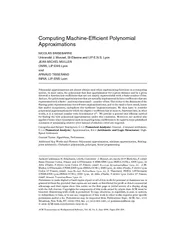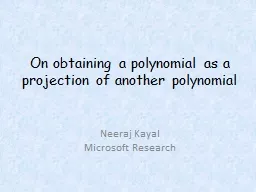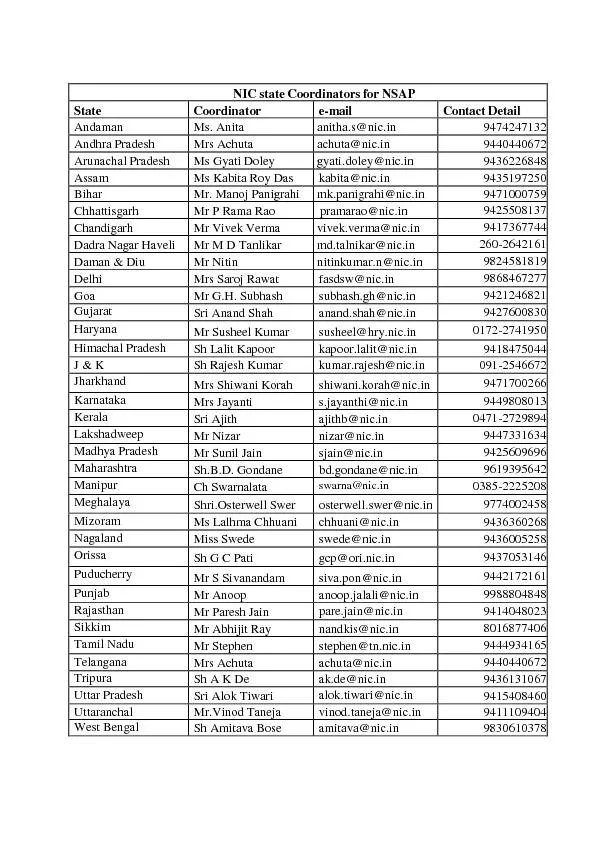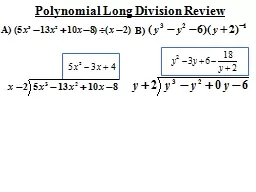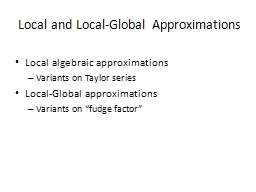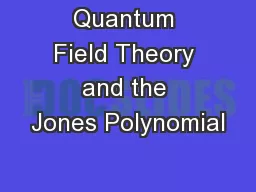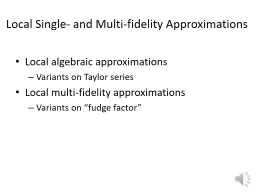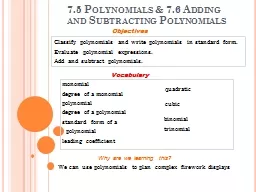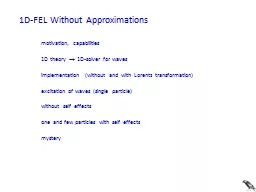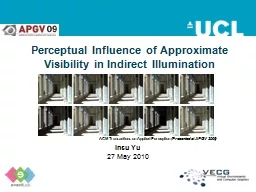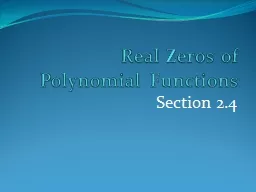PDF-Computing MachineEfcient Polynomial Approximations NIC
Author : luanne-stotts | Published Date : 2015-04-30
Monnet St Etienne and LIPENS Lyon JEANMICHEL MULLER CNRS LIPENS Lyon and ARNAUD TISSERAND INRIA LIPENS Lyon Polynomial approximations are almost always used when
Presentation Embed Code
Download Presentation
Download Presentation The PPT/PDF document "Computing MachineEfcient Polynomial Appr..." is the property of its rightful owner. Permission is granted to download and print the materials on this website for personal, non-commercial use only, and to display it on your personal computer provided you do not modify the materials and that you retain all copyright notices contained in the materials. By downloading content from our website, you accept the terms of this agreement.
Computing MachineEfcient Polynomial Approximations NIC: Transcript
Download Rules Of Document
"Computing MachineEfcient Polynomial Approximations NIC"The content belongs to its owner. You may download and print it for personal use, without modification, and keep all copyright notices. By downloading, you agree to these terms.
Related Documents

